How to Conserve Natural Gases. Natural gas is one of the world's crucial resources. Household appliances use natural gases as a means to generate heat. With energy costs on the rise, it's become more important than ever to conserve natural gases around the home.
Buy an energy-efficient gas range to replace an older one. Look for appliances that display the government's Energy Star logo. Gas ranges that feature a "pilotless ignition system" can conserve 30 percent more natural gas than traditional models.
Thaw frozen foods before cooking them. Even partially thawing a piece of frozen meat in the refrigerator can reduce your cooking time by as much as 30 percent. By reducing your cooking time, you can reduce the amount of natural gas used.
Abandon the practice of preheating an oven. Most dishes can be inserted into the oven without a preheating period. Foods such as cakes and pies do require immediate heat, though you still may be able to trim the preheating time to conserve natural gas.
Boil foods in as little water as possible. Not only will you conserve water, but you'll cut the time needed to bring the water to a boil. Expedite the process of boiling water by starting with hot tap water instead of water that's room temperature.
Reduce the heat on your cooking range as soon as water is brought to a boil. The heat and cooking speed will be consistent, but the lower flame will help to conserve natural gas.
Cut the heat to your oven before a recipe calls for it. The heat trapped within your dish will continue to cook food for up to 20 minutes after the gas has been cut. Make sure not to open the oven door during this period, as you'll want to keep all the heat trapped inside.
Cook recipes in glass or ceramic casserole dishes whenever possible. You can reduce cooking temperatures by as much as 25 degrees F when you use a dish made from glass or ceramics. Not all foods can be prepared in this manner, so make sure to check your recipe first.
Trap heat in stove-top pans by using lids. Make sure the lids form a tight seal with your pan to keep as much heat inside as possible.
Related Articles

Adjusted Cooking Times for a Toaster ...
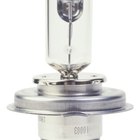
How to Cook With a Halogen Oven
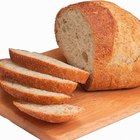
How to Cook Bread by Steaming It
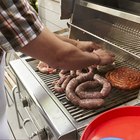
How to Hook Up Your Weber Natural Gas ...

How to Clean an Oven Liner
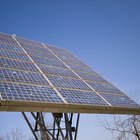
Appliances That Use Solar Energy
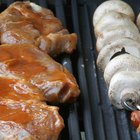
How to Use a Smoker Box for Gas Grilling
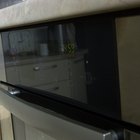
Halogen Oven Cooking Times

How to Use an Indoor Electric Grill

How to Convert Oven Time to Crock Pot ...
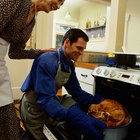
Baking Vs. Roasting in Convection Ovens
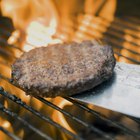
How to Convert a Brinkman Smoker From ...
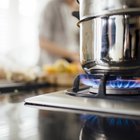
How to Cook in a Gas Stove or Oven
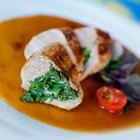
How to Cook Pork Loin Roast in a ...
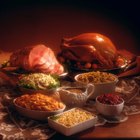
Does a Roaster Oven Cook Faster Than ...
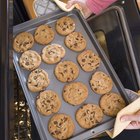
Do You Double the Time When Baking Two ...
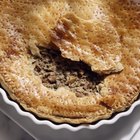
Glass Pie Pan Baking Tips

How to Cook Food in a Clay Oven
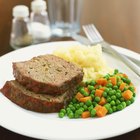
How to Cook Meat Loaf in an Oven Bag

Cooking With a Countertop Halogen Lamp
Tips
- Make sure to use pots and pans that fit your range's burner. A pan that's too small will waste the heat created by a flame. While you'll still be able to prepare a recipe, you'll spend a needless amount of money on air conditioning to offset the excess heat that's generated.
Warnings
- Inspect your gas range's flame. A yellow flame can be an indication that there's a problem with your natural gas line. A leak in your gas line can negate all the efforts you've made to conserve natural gases.
Writer Bio
This article was written by the CareerTrend team, copy edited and fact checked through a multi-point auditing system, in efforts to ensure our readers only receive the best information. To submit your questions or ideas, or to simply learn more about CareerTrend, contact us [here](http://careertrend.com/about-us).